Part 2 – Top 10 Things to do at Bundaberg
Bundaberg, a personification of Quietude
When you wake up to a Bundy morning, it feels like you are the only living being on the planet. Not a soul was in sight, nor a sound within earshot. Except, when you walk out of your room into the kitchen where you spot a hot water kettle boiling furiously with what will later translate to an Earl Grey tea. Takes time getting accustomed to if you come from a land of plethora where the beverages are almost curried and sound not unusual. The only other sound apart from the gurgling water was that of frying cheerios, all of a blushing red.
The sights get more manifest as you get out of the garage into your car, bound for “Snakes Down Under” at Childers. At a point, you do wonder if your sense of hearing is impaired owing to no or negligible honking. If you realise that Bundy is a town in a first world country, it is comforting in that it isn’t a hearing impairment that’s the fount of the eerie silence. At a point, I also wondered if I were the only inhabitant of the town as I couldn’t sight a thing – at least not an animate – for miles. But then I realised that Bundaberg had a population of under a lakh of people in an area of approximately 300 square kilometres. Hence, the open expanse would be bizarre to one hailing from a populated city like Bombay.
Oddly, one sights more kangaroos and wallabies than people! If there are any – the people I mean – they are invariably inside their homes or at workplaces or in cars. And yeah, I missed mentioning the supermarkets. If you walk in the parks or along running tracks, you may spot a jogger or two. Did I tell you of the risk of wallabies venturing out onto the roads from the many reserves by the roadways? Well, if I did not then let me tell you of the one that leapt in front of our car but, having been forewarned about such occurrences, drove at a measured pace. To me, it was a happy moment to spot a wallaby. After all, how many occasions does one get to encounter animals on roadways? Except perhaps for the stray incidence of finding dogs and cows on our highways back home. Having said that, it can be a dangerous thing to have a wallaby jump in front of your car. Drivers are advised to brake heavily but not to swerve. Better still to go slow in kangaroo dominated areas. Now for the kangaroo and koala tour.
Face to Face with Koalas
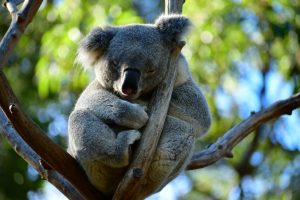
A sleeping koala
Soon after our affair with the reptiles as in my previous article (Part 1), we strolled along towards the koala section. As I entered the enclosure, I caught a glimpse of adorable soft toys hugging the trees. I almost went near to stroking the fur of the dolly “bears” when I sensed a hint of a movement. Oh, but they weren’t soft toys as I’d assumed but real living koalas! They struck me as the most endearing creatures ever. They were stock still as if in deep slumber, no wonder then that I was fooled into imagining they weren’t real. I captured the video below as a koala scratches away adorably.
Like the kangaroo, the koala also carries its babies in its pouch for say six months after birth.
They are shy, sticking to their ambit. Even in their ranges, they tend to frequent the same trees which are mostly the Eucalyptus variety. The whiff of poop is unmistakable in their pens as they eat and poop and poop some more. They are known not to drink much water, obtaining nearly sixty to seventy per cent of their water content from the leaves of the Eucalyptus.
Here’s a capture of a sleeping koala, it is a wonder how it sleeps soundly with minimal movement even during prolonged periods. Like a baby, it slumbers. Do not get fooled into thinking they are cute going by their looks as they fall into the genre of wild animals.
It costs AUD 20 to catch a picture with a koala, which is well worth it as the fee goes into koala upkeep. I am increasingly impressed by the country’s approach towards animal maintenance and what better a way to encourage tourists to contribute to a cause.
After we had had ample time with the “bears”, capturing memories in the form of images and videos, it was time to head towards the kangaroo park.
Kangaroo & Wallaby Reserve
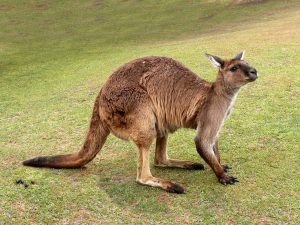
A kangaroo
The board at the entrance described two types of kangaroos. I have attempted to put the description into my own words but stuck to the basic facts on the board as scientific characteristics are best not altered.
Types of Kangaroos
As far as the Red Kangaroo species go, the males are reddish complexioned and are known to keep growing throughout their life until they reach about 90 kilograms in weight. They propel themselves forward by keeping their backs parallel to the terra firma, by bending their heads low. They generally live in hinterlands, preferring spacious habitats to ones with many trees. This variety is spotted more often than others. Did you know that they are vegetarian, that they prefer eating grass which is in abundance in the country outbacks?
The female kangaroos, on the other hand, are bluish-grey toned and aren’t as heavily built as their male counterparts. They grow up to a maximum of 40 kilograms in their life span.
The Eastern Grey Kangaroo species wear longish fur and weigh heavier than the Red Kangaroo. It abounds in woodlands which is contrary to the above species which prefer open spaces. This variety is vegetarian too, eating the grass of short green pastures. This species is pretty much adaptable and are found in metropolitan areas.
Kangaroo Feeding Rules
I have to be honest in saying that I’d been primarily looking forward to the kangaroo feeding experience from the word go. After I had read all about its species, habitat, food habits and so on, I scurried to purchase food pellets to feed the kangaroos. There are strict pointers though, on how to feed the kangaroos lest their kick lands you in the Bundaberg Hospital.
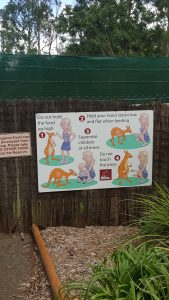
Kangaroo feeding rules
Rule #1: Never stand erect when feeding a kangaroo. Do not hold the food from a height, if you do, you’re at risk of being kicked nice and proper. The sensible thing to do is to stoop low, hold your hand at ground level till the kangaroo stops to feed out of your bent hand.
Rule #2: Do not touch the joeys while feeding. To the uninitiated, joeys are baby kangaroos that stay ensconced in the mother kangaroo’s pouch.
Here’s a footage of me feeding a kangaroo. Mind you; this is the first animal I have attempted to feed since my pet cat. Oh, what a gratifying experience it was! Both were exhilarating, the kangaroo and koala experience.
Face to Face with an Emu
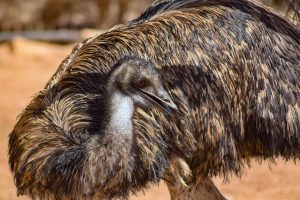
An emu
Right by the kangaroo park or should I say in the same wide park, are emus merrily strutting alongside. They are taller than you think, nearly 2 metres tall. They have a mean beak too and can follow you if you get too close. I did venture close to an emu to make small talk to its cocked head, but I was a wee possessive about my palms being plotted by its beak. Neither did I venture to give the emu competition in a sprint as they can easily outdo you at a 50 kmph. The emu is indigenous to Australia, it is the largest native bird whose feathers are a thick, rich brown. Like the koala they are poor water drinkers but when they do they guzzle it by bucketfuls. Their preference is for spacious environments which Australia amply offers and are content with plants and insects as their source of nutrition.
Having spent a long day at the park, we – my husband and I – stopped by a picnic table to munch on local macadamia nuts and Snappea crisps. A well-deserved treat after the kangaroo and koala encounter.
Check out PART 1 about the snakes and reptiles at Childers, and PART 3 about the unique beaches of Bundaberg, both highly recommended as being some of the Top Things to do in Bundaberg.


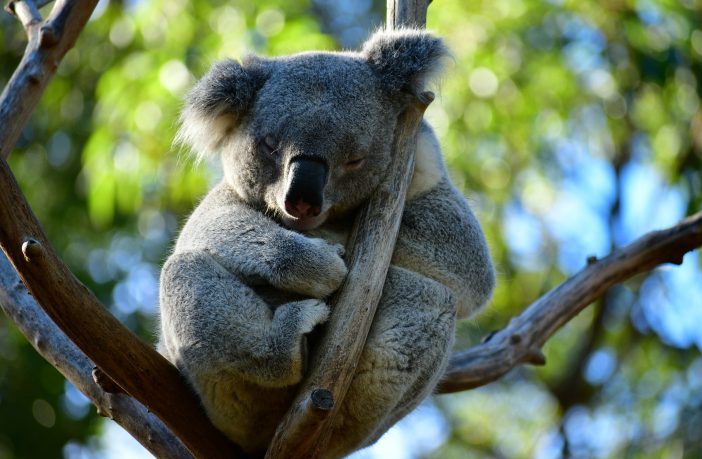
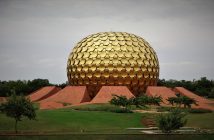
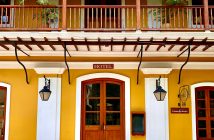
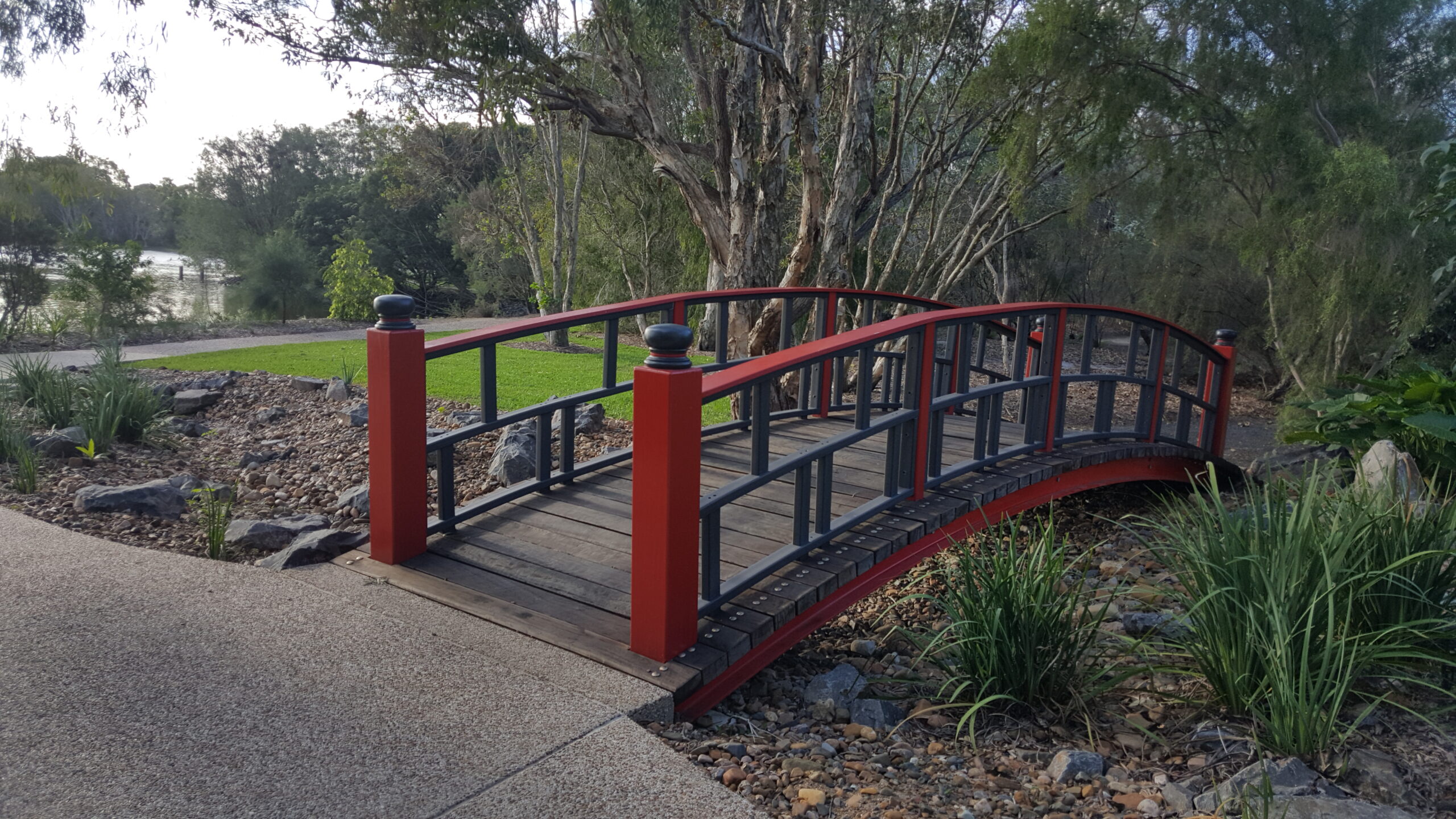
1 Comment
Pingback: Top 10 things to do at Bundaberg - Carmelita Fernandes